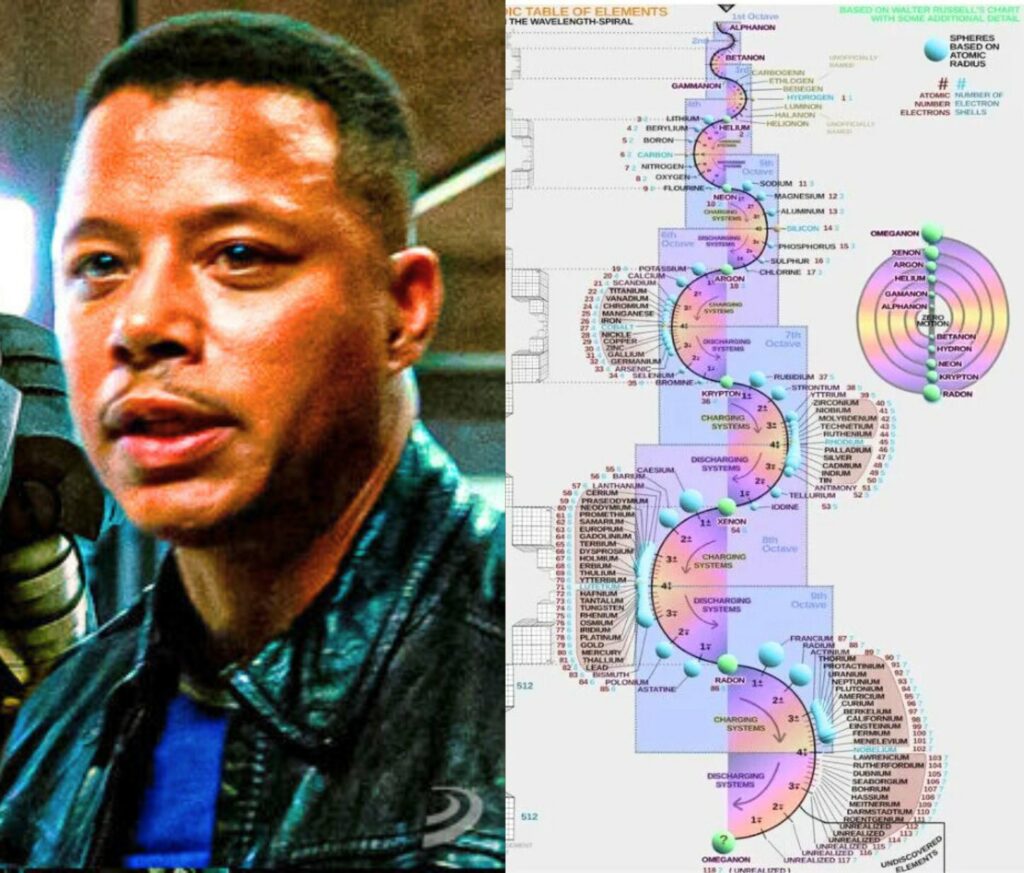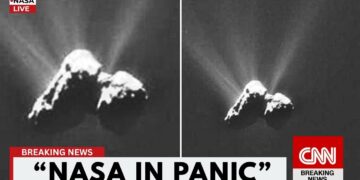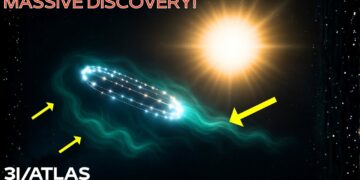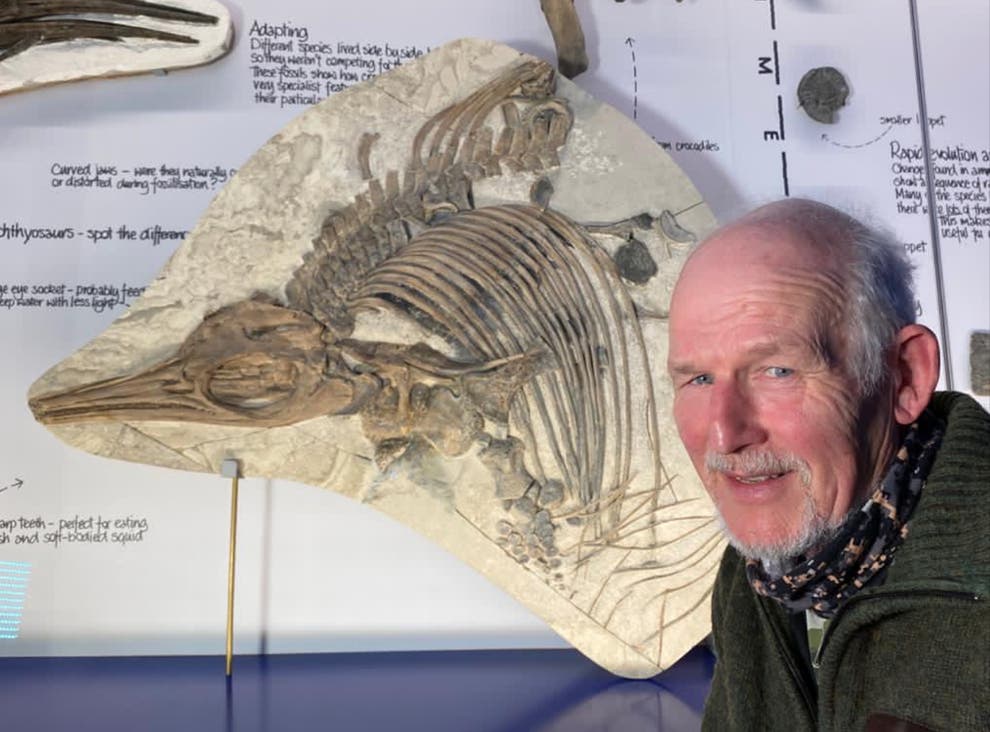Terrence Howard, known for his role in the first Iron Man film, has made bold claims that challenge the foundations of modern science, particularly in mathematics and chemistry. He asserts that our current understanding of the periodic table and mathematical principles is fundamentally flawed and is prepared to face significant backlash to share what he believes is the truth. Howard argues that the conventional periodic table, typically presented as a rectangular grid, should instead be organized in a spiral pattern, reflecting the interconnectedness of elements through sound frequencies and color patterns, akin to musical octaves.

He further challenges the conventional mathematical system, particularly the notion that 1 × 1 = 1. Howard argues that multiplication implies an increase, so 1 × 1 should not equal 1, as it does not “make more.” He illustrates this with an example: performing operations like multiplying the square root of two (approximately 1.41421356237395) by two or cubing it, dividing by two, and repeating, yields consistent results, suggesting an underlying mathematical fallacy. He claims this reveals a “loop” in mathematics, where operations like X³ = 2X = X + X expose inconsistencies in foundational math.
Howard also describes elements as “periodic pressure conditions” rather than fixed entities, with matter arising from the interplay of electricity (centripetal force) and magnetism (centrifugal force). He suggests that elements are defined by their motion and pressure, with each preceded and followed by noble gases in a predictable pattern. For example, he notes that hydrogen lacks the expected three elements before and after it in the periodic table, unlike other elements, indicating a flaw in our understanding of elemental relationships.
Drawing from ancient symbolism, Howard connects his ideas to the Flower of Life, a geometric pattern of overlapping circles found in ancient sites worldwide, from Assyrian stones to Leonardo da Vinci’s drawings. He argues this symbol, representing the interaction of spherical expansions and contractions, reflects the universe’s fundamental principles. Using an app he developed, Howard demonstrates how the convergence of four or eight “bubbles” (representing elemental forces) creates structures like tetrahedrons, with negative spaces indicating phenomena like dark matter or the geometry of hydrogen. These structures, he claims, reveal stable configurations with electric and magnetic poles, functioning like transformers that step energy up or down.
Howard’s ideas have garnered significant attention, with millions of views on platforms like YouTube, though they’ve also faced ridicule and opposition from mainstream science. He compares this resistance to historical patterns where revolutionary ideas are initially mocked, then opposed, before gaining acceptance. Despite the controversy, Howard remains steadfast, offering his book for free at tcotlc.com to share his findings. He believes that abandoning flawed mathematical and scientific conventions is essential for humanity to advance to a “level one civilization,” emphasizing the interconnectedness of all things in an eternal cycle of expansion, contraction, and balance.























